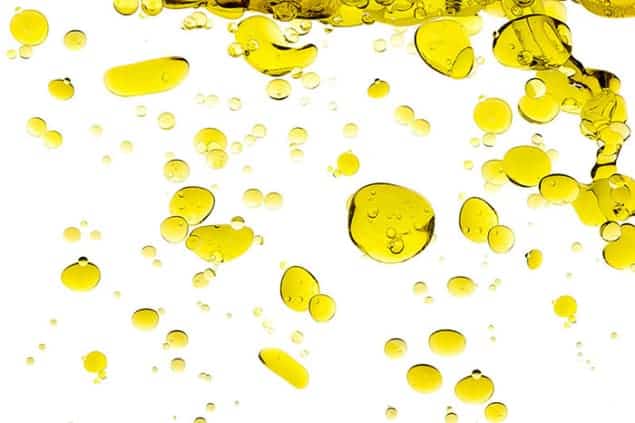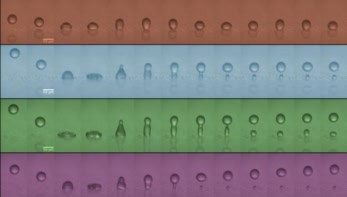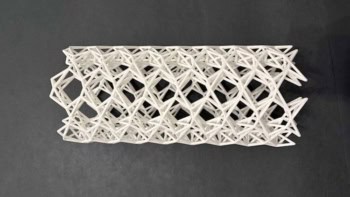
A new technique for making emulsions that does not require the ingredients to be intensively mixed has been unveiled by researchers in Bulgaria and the UK. The gentle nature of the emulsion-making process could make it useful in a number of practical applications involving fragile ingredients such as pharmaceuticals.
Emulsions such as mayonnaise, paint and cosmetic creams are dispersed mixtures of tiny droplets of different fluids that will not mix if simply added together. Oil and water, for example, will only become an emulsion if they are mixed vigorously together and quickly separate when the mixing stops. That is a challenge for manufacturers, who also have to control the size of the droplets, which affects the visual appearance, consistency, texture and even taste of an emulsion.
Too hot to handle
Intensive mixing, which is the conventional industrial process for making emulsions, relies on mechanical shear to break up droplets until they reach the desired size. The problem, according to Stoyan Smoukov of the University of Cambridge, is that this process is extremely inefficient.
As little as 0.1% of the mixing energy goes on creating smaller droplets, with most of the rest of the energy simply heats up the mixture. While heating is fine for some emulsions, it can destroy temperature-sensitive materials such as proteins and other biological materials that are increasingly being used in pharmaceutical emulsions.
Although several techniques for “self-emulsification” without mixing have been developed, none are particularly suited for temperature-sensitive materials. Now, working with researchers at Sofia University, Smoukov has developed a new self-emulsification process that takes advantage of a phase transition that occurs in droplets as the temperature of the mixture changes by only a few degrees around room temperature.
Simple mixture
The team studied a simple mixture comprising water, oil and soap – the latter acting as a “surfactant” that lowers the surface tension between oil and water. The researchers found that when the temperature of the mixture is raised by several degrees, energy from thermal fluctuations causes oil droplets to spontaneously break apart to form smaller droplets. By putting the material through several cycles of heating and cooling, they found that the size of the droplets could be reduced progressively.
Because the process is irreversible, it could provide a new way of creating emulsions from temperature-sensitive ingredients. More fundamentally, Smoukov believes that the system could provide a simple model for understanding how much more complex non-equilibrium systems – including some living organisms – can harness energy from temperature fluctuations.
The research is described in Nature Communications.



